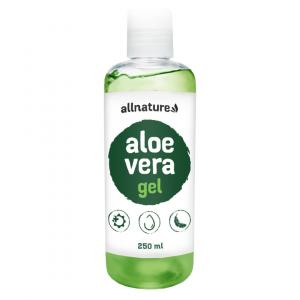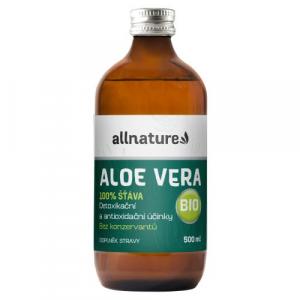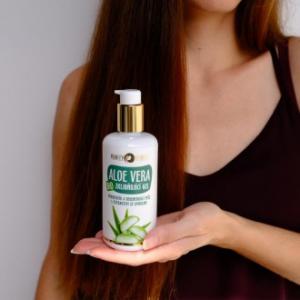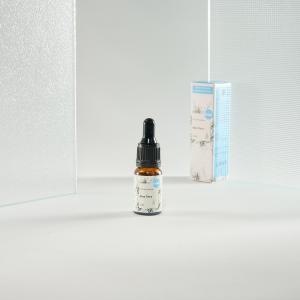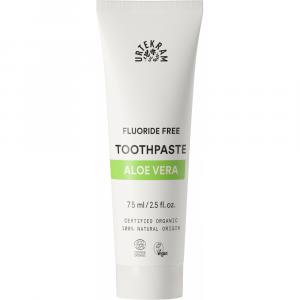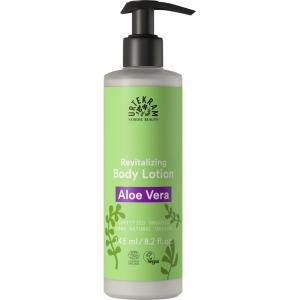
Grandma's Tips for Age Spots as a Path to Beautiful Skin

Grandma's Tips for Age Spots
At a certain age, most people begin to notice small changes in their skin – among the most common are so-called age spots, more accurately known as pigment spots. They appear primarily on the hands, face, décolleté, or shoulders, areas most exposed to the sun. They arise due to excessive production of melanin, the skin's natural pigment, and their number increases with age. Although they are not medically dangerous, many people want to get rid of them for aesthetic reasons. And this is where tried-and-true grandma's tips for age spots come into play.
While today's cosmetic industry offers a wide range of products – from whitening creams to laser treatments – there is another path. Many of us remember grandmothers who, instead of turning to expensive cosmetic products, reached for lemons, parsley, or apple cider vinegar. These natural approaches are experiencing a small renaissance today. People are increasingly turning to simple, sustainable, and gentle methods of body care. Is it just nostalgia, or do they really work?
What Are Age Spots and Why Do They Appear?
Their scientific name is lentigo senilis, sometimes also referred to as solar lentigo. They most commonly appear after the age of forty, but can occur earlier if the skin has been exposed to UV radiation without protection for a long time. Besides the sun, genetic predispositions, hormonal changes (for example, during menopause), certain medications, or skin injuries play a role.
Unlike freckles, these spots are not evenly distributed and can vary in size – from a few millimeters to a centimeter. Their color ranges from light brown to dark brown. And while they are harmless, they can be a source of frustration, especially for those who care about their appearance and view their skin as a reflection of their lifestyle.
Natural Allies from the Kitchen and Garden
Among the most frequently mentioned grandma's tips for age spots is the use of lemon juice. Thanks to its high content of vitamin C and natural acids, lemon has mild lightening effects. Simply apply fresh juice to the affected area (preferably in the evening to avoid UV irritation) and rinse off after a few minutes. Consistency is key – results will appear after several weeks.
A parsley mask is similarly effective. Parsley contains flavonoids, vitamin C, and other antioxidants that help even out skin tone. Finely chopped fresh parsley can be mixed with a few drops of lemon juice or plain yogurt and applied to the skin as a mask. This poultice not only lightens but also has a refreshing effect.
Another popular remedy is apple cider vinegar, which has mild exfoliating effects. It contains malic and acetic acids that promote skin renewal. Applying it with a cotton pad to the spots once a day in the evening can gradually lighten the skin. However, caution is advised – it can irritate sensitive skin, so it's advisable to conduct a tolerance test first.
Aloe vera, a time-tested medicinal plant, is a must in this list. The gel from a fresh leaf has healing properties, moisturizes, and supports regeneration. Additionally, it can soothe irritation, which is especially useful when combined with other active ingredients. Regular application of aloe vera gel to spots can significantly improve skin appearance.
Try our natural products
Integrating Natural Care into Daily Routine
Simply using home remedies is usually not enough. Success comes with combining them with overall skin care. It is crucial to use sunscreen daily with a high UV factor – even in winter. The sun remains the main culprit for new age spots, and prevention is truly the most effective weapon in this case.
The daily routine should include gentle skin cleansing without aggressive surfactants, which can disrupt the natural protective film. Hydration is just as important – dry skin is more prone to pigmentation changes. Natural cosmetics containing niacinamide (vitamin B3), licorice extract, or rosehip oil can help brighten and even out the skin tone.
One often overlooked tip is to avoid perfumed products in sun-exposed areas. Some fragrances can cause photosensitive reactions and new age spots – known as photodermatitis – when combined with UV radiation.
Reviving Skin Without Chemicals
Mrs. Alena, an active woman in her sixties from South Bohemia, decided to devote more care to herself after retiring. Previously, she had neither time nor desire for cosmetics. However, when she began to notice more pronounced dark spots on the backs of her hands, she decided to take action. Instead of visiting a dermatologist, she turned to tried-and-true grandma's recipes.
"I started applying apple cider vinegar to my hands every evening and occasionally added aloe vera. After three weeks, I noticed that the spots were gradually fading. They didn't disappear completely, but today I'm no longer embarrassed by my hands," she says with a smile. This story need not be unique – many people confirm that natural methods have helped improve their skin appearance with minimal side effects.
When Grandma's Tips Aren't Enough
Although grandma's tips are often effective, it's important to keep your health in mind. Any change in the appearance of age spots – change in shape, color, itching, or bleeding – should be a reason to visit a dermatologist. Rarely, it could be an early-stage melanoma hiding as an age spot.
Professional care is also appropriate if natural methods are not working. A dermatologist may recommend chemical peels, IPL therapy, or laser treatment, which are more costly but often very effective.
The Power of Tradition and Modernity Hand in Hand
While today's world is fast-paced and offers technological solutions for every skin hesitation, returning to nature has its charm. Grandma's tips are not just sentimental memories – they often contain practical wisdom and a connection with natural cycles that modern cosmetics sometimes overlook. Plus: why choose a chemical serum when a lemon in your pantry can do the same job?
The fact that traditional approaches and scientific knowledge can coexist is evidenced by the modern dermatology interest in the natural effects of plants and acids. As dermatologist MUDr. Eva Kahounová stated in an interview for Lidové noviny: "It is now common for products with natural extracts to have comparable effects to synthetic cosmetics – and they are gentler."
Choosing the path of natural care means not only caring for your skin but also the environment. Selecting ingredients from the kitchen or garden that do not burden the planet is a step toward a sustainable lifestyle – and that counts. So next time you spot a new spot in the mirror, you might recall grandma's shelf with a lemon, parsley, and a little patience.
